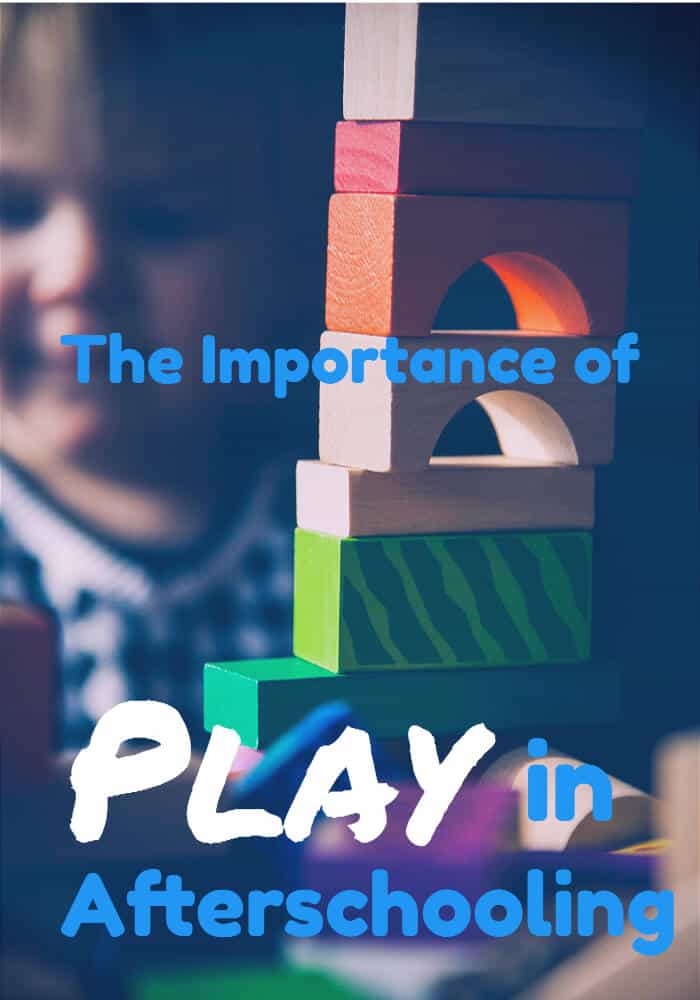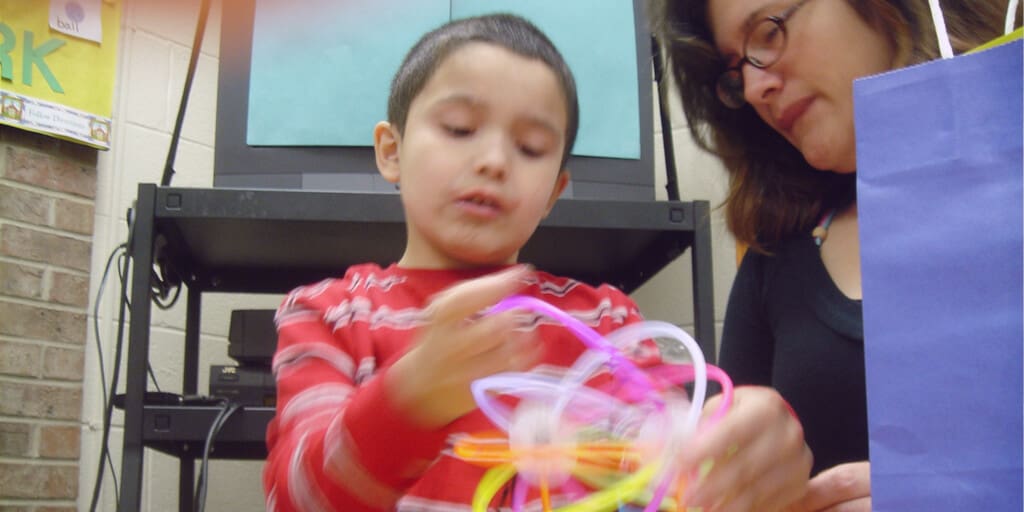The Importance of Incorporating Play in Afterschooling

Homeschooling and afterschooling come with their fair share of debates, often about curriculum and the pressure to meet academic standards. But one thing is certain, play should never be eliminated from the homeschooling and afterschooling equation.
Afterschooling is the practice of supplementing a child’s education after school hours. Even children who are homeschooled engage in additional classes or activities post homeschooling hours, which are supervised by their parents.
But a key component of effective afterschooling is engaged learning that gives children a break from the structure of their school day. One of the best ways to accomplish this is through play.
Play and Learning Go Hand in Hand
Play and learning go hand in hand. Play that actually engages children. In other words, play that children will focus on and stay with even when problems arise, will help them develop their approaches to learning — a.k.a. the ways they respond to learning situations.
According to the National Association for the Education of Young Children (NAEYC), curiosity about the world, initiative and problem solving, and focused attention and persistence are just a few approaches to learning that children can develop through play.
Additionally, behavioral research has established relationships between children’s play and development in several areas, including language, executive functions, mathematics and spatial skills, scientific thinking, and social and emotional development.
The benefits of play are endless, especially when play involves active engagement.

Guided Play
One of the most beneficial ways to incorporate play into afterschooling is through guided play. As defined by the NAEYC, guided play maintains the joyful child-directed aspects of free play but adds an additional focus on learning goals through light adult guidance. This offers an opportunity for exploration in a context specifically designed to foster a learning goal. Guided play features two crucial elements: child-directed learning, and gentle adult guidance to ensure the child progresses toward the learning goal.
Materials that Stimulate Imagination
One way to guide children is by putting materials out that can stimulate children’s imaginations rather than toys with one purpose. Exposing children to toys that have many uses means that one day they are building a castle and the next day they are building bridges — all with the same materials.
I often refer to this as open-ended playing. It allows them to flex their imagination — a muscle that is often lost on toys with one purpose. A simple toy to keep on hand for this is blocks. Block play can help teach problem-solving, self-expression, mathematics, creativity, and science, just to name a few.
Use a Variety of Materials
It’s also important to remember that incorporating toys into afterschooling does not mean that every toy needs to be the same. For example, not every toy needs to be plastic. Some should be natural materials like wood or cloth. You can consider always having crafting supplies and paper nearby in case your child wants to write a story about the castle or bridge they built. By incorporating art projects into afterschooling, you are positively impacting the social, cognitive, and emotional development of your child. And who doesn’t want that?
Educational toys and games are crucial to the learning process for all ages. If you’re contemplating afterschooling and worried about trying to follow or enhance a curriculum, don’t stress. Play games, do arts and crafts, solve puzzles, and read books. Let your children have fun.
Afterschooling does not need to be an extension of the structured school day, it just has to involve learning. Leverage these tips and try thinking outside of the box. You may be surprised by what your children can learn from a toy.







Leave a Reply